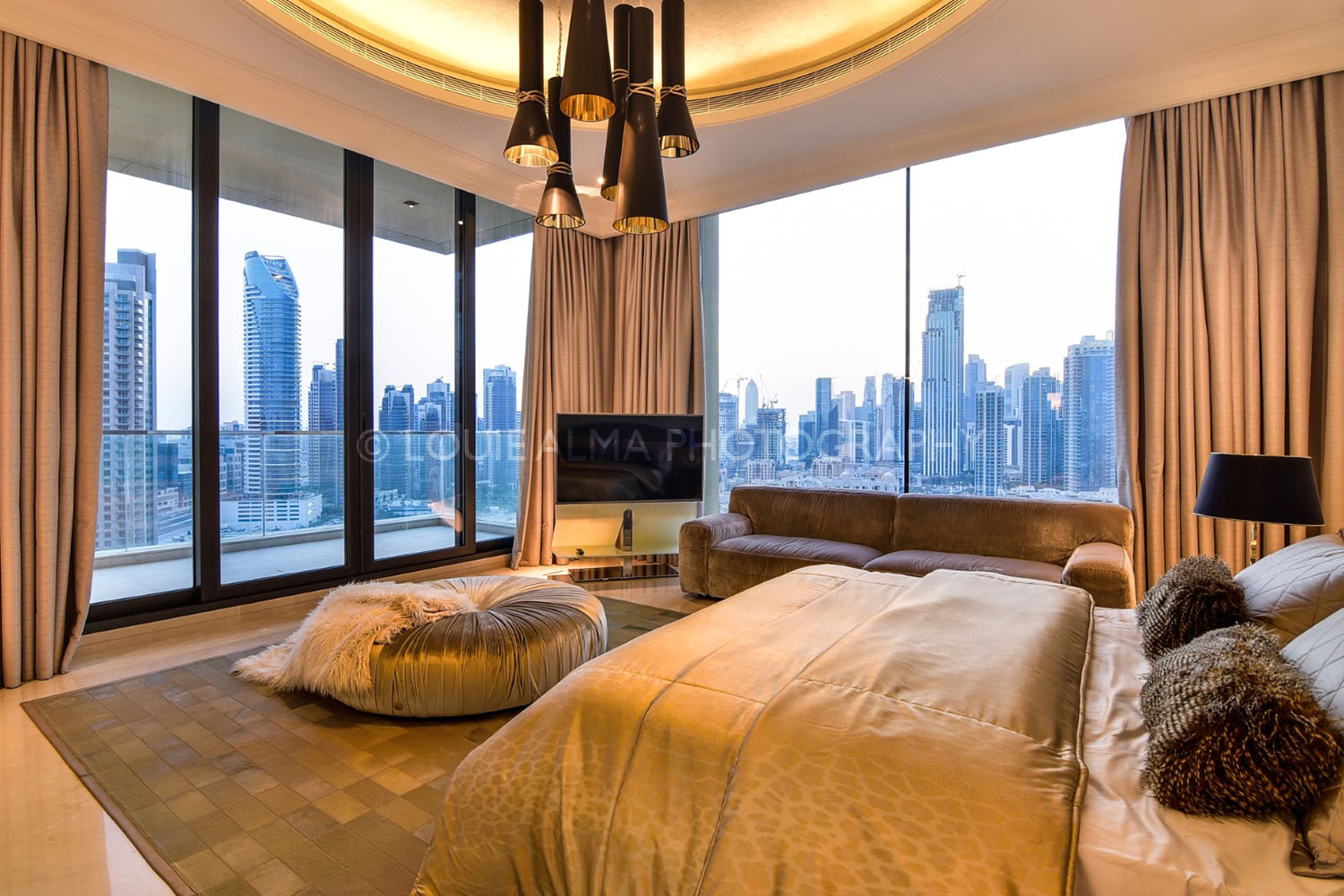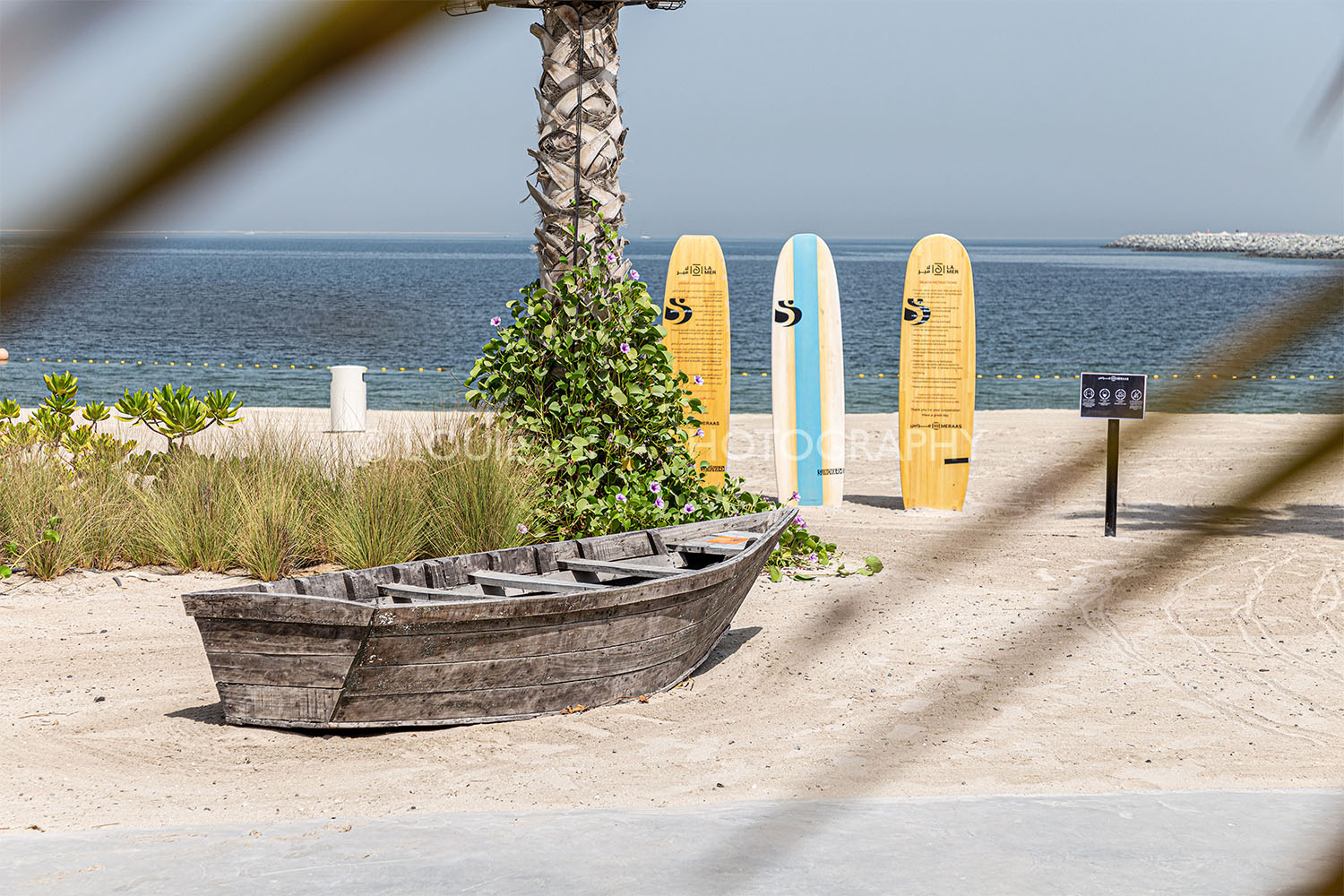‘Probably the best £5 I’ve ever spent’ – shoppers are raving about Dunelm’s super affordable no-drill blackout blind, and it’s easy to see why
The budget-friendly solution to lighter mornings

















